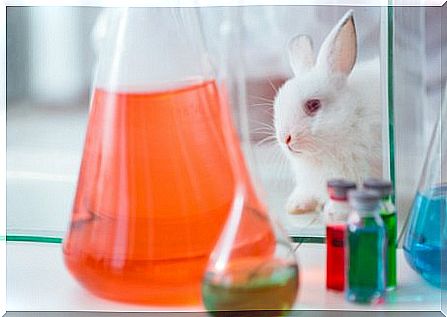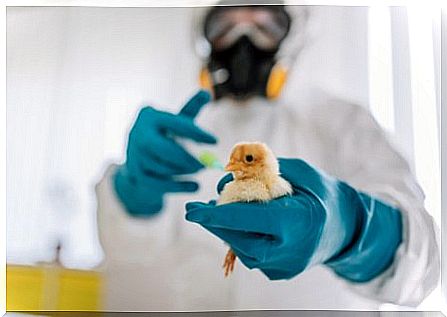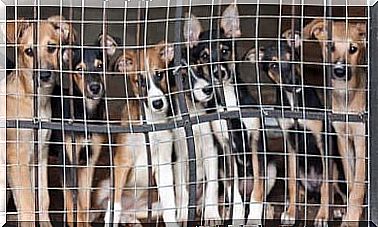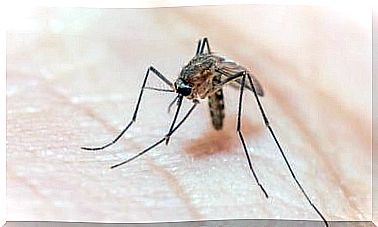The Legality Of Animal Testing

The legality of animal testing remains controversial. To avoid unethical derivations, a series of laws were created that promote the search for alternative methods.
Part of the analysis focuses on finding answers to the relationship between animal suffering and the benefit to humans. Discussions are still ongoing and involve scientists, ethics experts, animal advocates and policymakers.
Ethically and scientifically correct?
There are still several questions : is this ethically and scientifically correct? It’s cool? Can medical and technological development be promoted at the expense of animal suffering? Can any experimental protocol be applied even if it puts the animals’ lives at risk?
The answers are not unanimous. The arguments for and against are diverse, as it is about promoting scientific advancement. It is still debated whether animal testing is necessary to achieve such a breakthrough. There is also the reflection on whether inflicting suffering on animals is the only option.
Ethics come into play again. It is unethical to experiment with humans, but many views equate animals to humans in a sense. This has been a widely used argument in the field of experimentation.
Most, however, oppose the poisoning, blindness or killing of animals in order to analyze products for human consumption. Some tests have already included the forced inhalation of toxic gases or the ingestion of pesticides. There is also evidence to show that corrosive chemicals have already been rubbed into the skin and eyes of rabbits to test cosmetics.

As part of the arguments against animal testing, it is highlighted that many of these experiments are not supported by law. In addition, they also tend to produce unreliable results. These are theoretical and methodological procedures that regularly confront ethical and scientific aspects.
Three experimental fields
Animal tests are basically carried out in the educational, industrial and research areas. In the first, the intention is to learn more about anatomical features and physiological processes, as well as to increase surgical and clinical skills.
In the industrial scope, the intention is to analyze the possible damage of certain products to human beings. And for that, these substances are tested on animals and the effects are verified.

timid advances
Added to these advances is the creation of research and development centers for alternative methods in different parts of the world. Though timidly, awareness of the need to find a replacement for animal testing has increased somewhat.
Tests on human organs, computer simulations, and databases offer as much or more reliability than using animals. Currently, some laboratories metabolize drugs in human liver cultures. Without a doubt, this is an important step.
a way to go
Research on gastrointestinal, cardiovascular, nervous and respiratory diseases, as well as cancer, continues to be based on animal testing. This scenario occurs in 76% of cases.
The elimination of animal testing is far from being a reality. For now, the so-called “Rule of 3Rs” or “Principle of 3Rs” remains in effect. Replacing the use of animals with cultured cells or computer simulations are some measures in this direction.
Today there is more clarity around the subject. The legality of animal testing requires the disclosure of information about these procedures. This has already been achieved in the public sphere, but in the private sphere it is still difficult.
The trigger for all these advances has been the rejection of animal abuse and the work of groups dedicated to their protection. Among other things, it involves reducing the number of specimens to the strictly necessary quantity and improving methods in order to increase animal welfare. There is still a long way to go.









